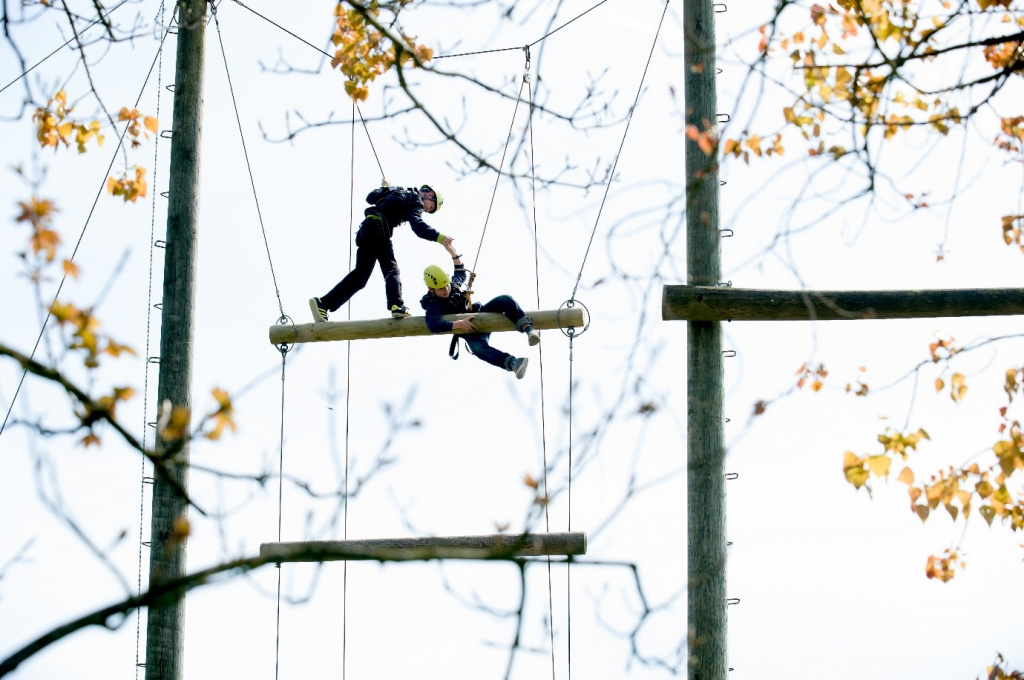
The Need for 21st Century Skills
Change is happening faster than can be understood or managed, from our ecological concern for the planet to challenges in welfare and education. Within a global marketplace, a core of highly prized skills collectively known as 21st Century Skills is recognised by academics and governmental and private sector organisations as essential for generating solutions to some of society’s most critical problems. Collectively, these bodies provide evidence illustrating the importance of non-cognitive skills for successful youth development and education.[1][2][3][4]
These skills include young people’s ability to be self-reliant, empathise with others, question how the world works and how it could be, become strong-willed and overcome, and learn from failure. We know that youngsters who score high on psychosocial skills at an early age – as opposed to pure academic skills training – report better adult outcomes in education, employment and mental health.[5]
Resilience: the Fourth ‘R’ in Education
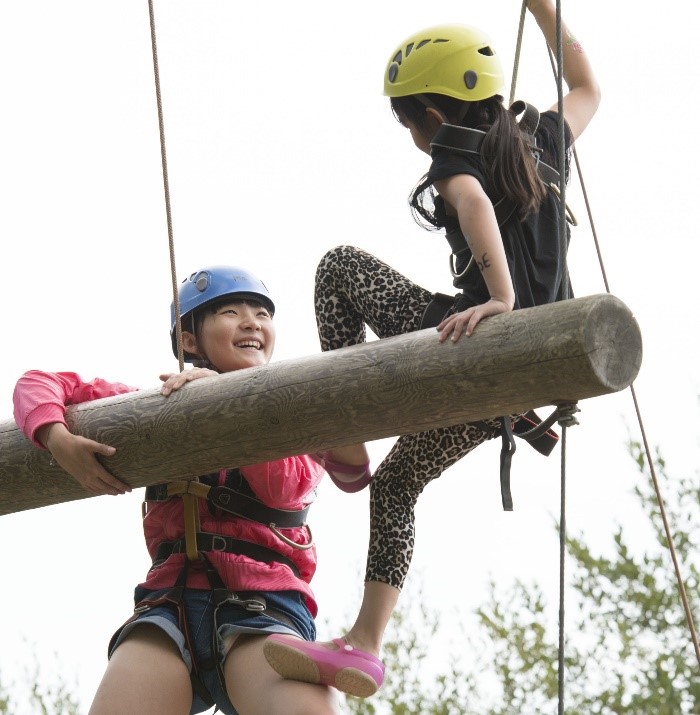
Resilience comprises a range of positive adaptive behaviours akin to 21st Century Skills that promote cognitive, physical and affective functioning and protect against risks to young people’s well-being. Acquired through supported, progressively demanding challenges, resilience enables young people to combat stress, bounce back from adversity and even follow a trajectory of growth.[6][7]
While resilience does not ensure positive mental health[8][9], resilient behaviours help individuals solve problems, manage work conscientiously and develop positive relationships that nurture a sense of belonging.
Resilience has long been recognised as significant in school-based education as an effective policy for developing students’ well-being, promoting both attendance and academic success.[10][11] Many young learners need to become competent not only in how to retain information, but also in how they self-regulate their behaviours to properly understand it and then use it in assessment situations. Such recognition of the benefits of resilience to learners and educators has led to the construct being referred to as the fourth R in education.[12][13][14]
Resilience for All
Although there are differences in how we respond to adversity, resilience research suggests that resilience comprises a range of strategies that allow learners to adjust their behaviour in difficult situations. Further, having the capacity to share positive experiences with others also suggests that resilience may be catching. Despite this understanding, there are too few opportunities for young people or educators to pursue suitable pedagogical practices that enable them to build such vital character attributes.
The pressure of school inspections, performance league tables and workload pressures may have led to schools delivering overly reductive exam-based education, which may fail to stimulate learners’ interest, restricting their autonomy and limiting personalised meaning.
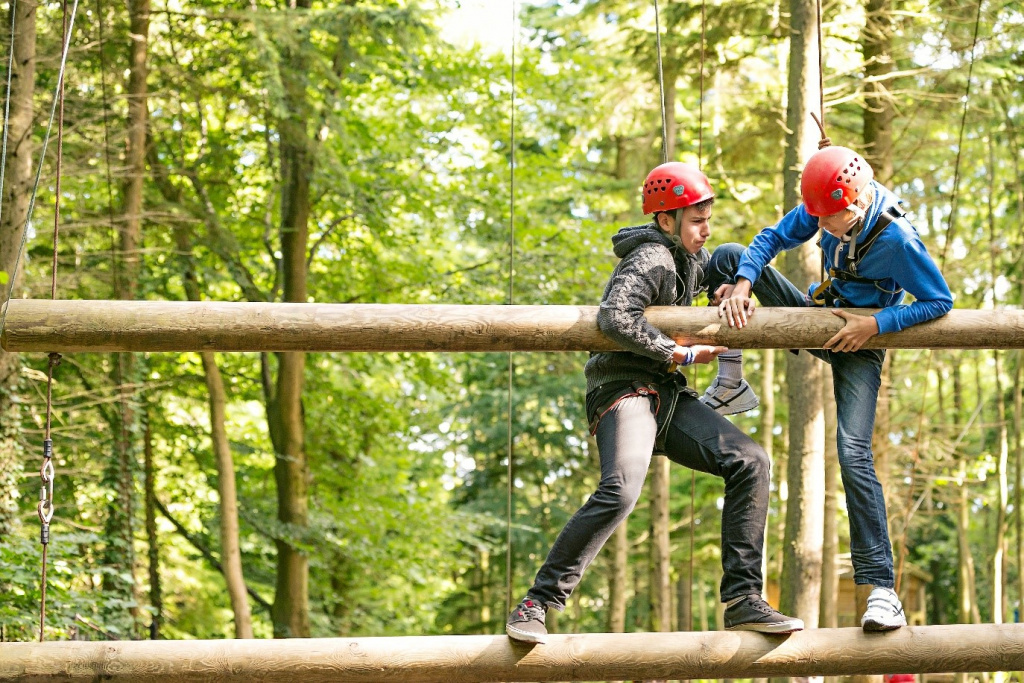
Following the pandemic, there also remains a significant number of de-conditioned young people to whom traditional methods of teaching and learning – where routines and consistency are rigorously applied – are failing to help assimilate them back into school. Almost one in four children in England were persistently absent from school in the 2021/2022 academic year; a total of 1.6 million children. That represents an 85.9% increase compared to the previous year and a 116.8% increase compared to the pre-pandemic 2018/2019 school year.[15]
Without access to activities which stimulate all senses and emotions, it may be difficult for students to deliver clearer thinking, allow access to their existing memories and create new ones. This is also the case for tutors, who require the time, personal resources and freedom to reconnect with their learners and build their own adaptive capabilities.
Outdoor Adventure Learning (OAE)
One mutually beneficial area, where students and their tutors can collectively derive a sense of well-being and resilience, is through their physical interaction with natural spaces. Whether individuals access green exercise in their localities or school grounds or undertake a broader outdoor residential experience, the unpredictable and dynamic nature of outdoor adventure reflects our world of constant change. This makes it an ideal pedagogical tool for the development of skills needed for young people to adapt to present difficulties and build capacity for their future.
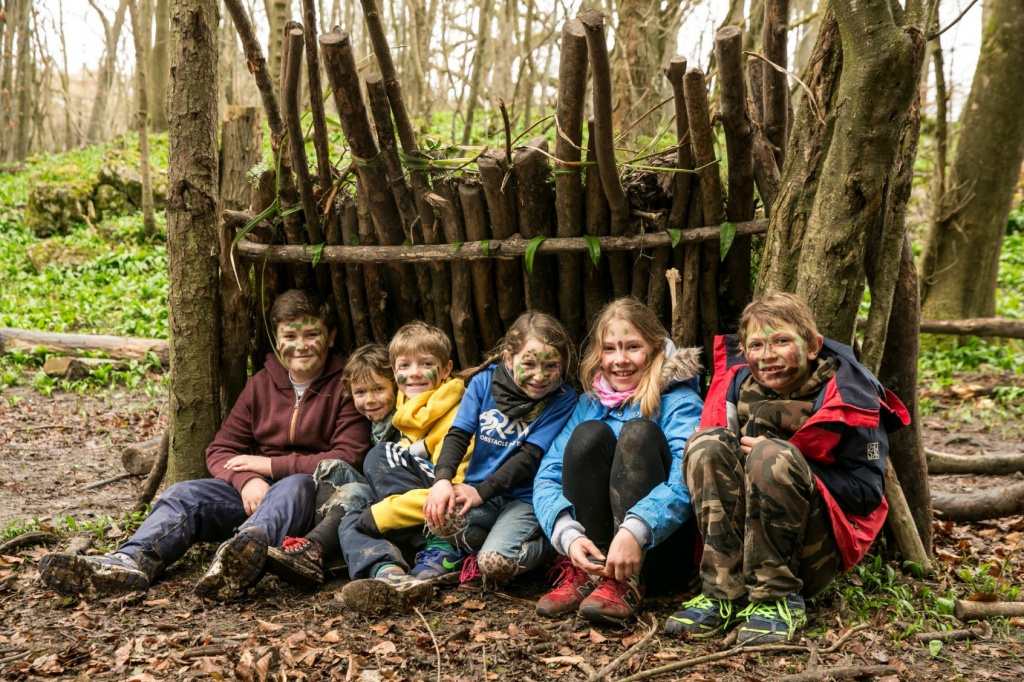
Research suggests that learning in predictable, uni-sensory settings is less impactful than in changeable, multi-sensory environments. Here, learners can connect first-hand with their surroundings, awakening their creative thinking and care for the environment, while reducing stress and developing problem-solving capabilities.[16] Such immersion in nature also enables individuals to take stock, relax and gain perspective on their life and the bigger picture. These are all experiences which make up the fundamental building blocks of resilient behaviour.
But how is resilience built through OAE that can positively impact other avenues of learning? The following ten tips, which collectively spell the word resilience, provide evidence-based practices to make OAE effective for building the adaptive capabilities of learners within and beyond natural spaces.
Ten Tips for Building Resilience Through the Outdoors
R – Rebound and Re-Invent. We constantly hear that youngsters are naturally resilient and bounce back from adversity. However, this capability needs to be learned through taking risks and being free to fail. Framing a learner’s setback as a lesson to learn and not a failure to endure signifies that achievement comes from stretching oneself by applying continued effort. This allows young people to self-correct and adjust their responses to produce gains from losses.
Productive OAE, therefore, will only take place when youngsters are not given the answers to problems, but rather empowered to organise, execute and review naturally emerging experiences, even when things do not go to plan. As a result, learners will attribute their learning to themselves and take pride in their achievements.
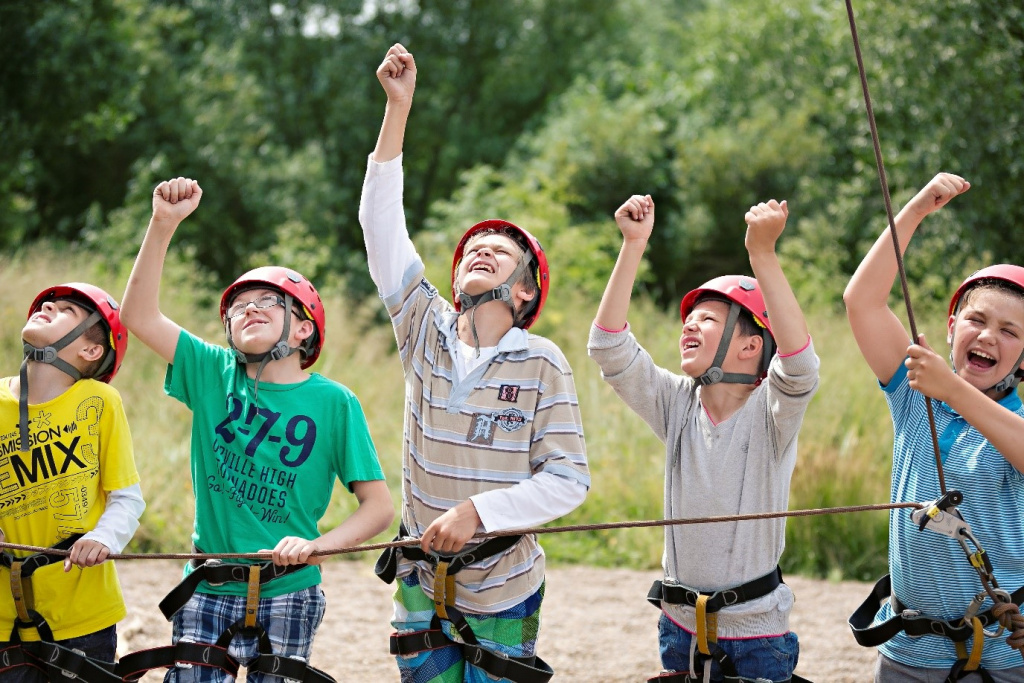
E – Energise. OAE helps youngsters to create a resilient growth mindset, where a fixed perspective of ‘can’t do’ is replaced by flexible, task-focused ‘can-do’ persistence. This process of mastery learning is strengthened by facilitators providing immediate and accurate feedback on the effort and strategies employed by individuals and groups, with less emphasis placed on the outcome or the comparative abilities of others. It is important not to wait until the end of an activity to provide feedback if learners require the momentum to feed forward to their next challenge. It is also crucial to emphasise the importance of taking small risks in new situations and not predicting negative outcomes.
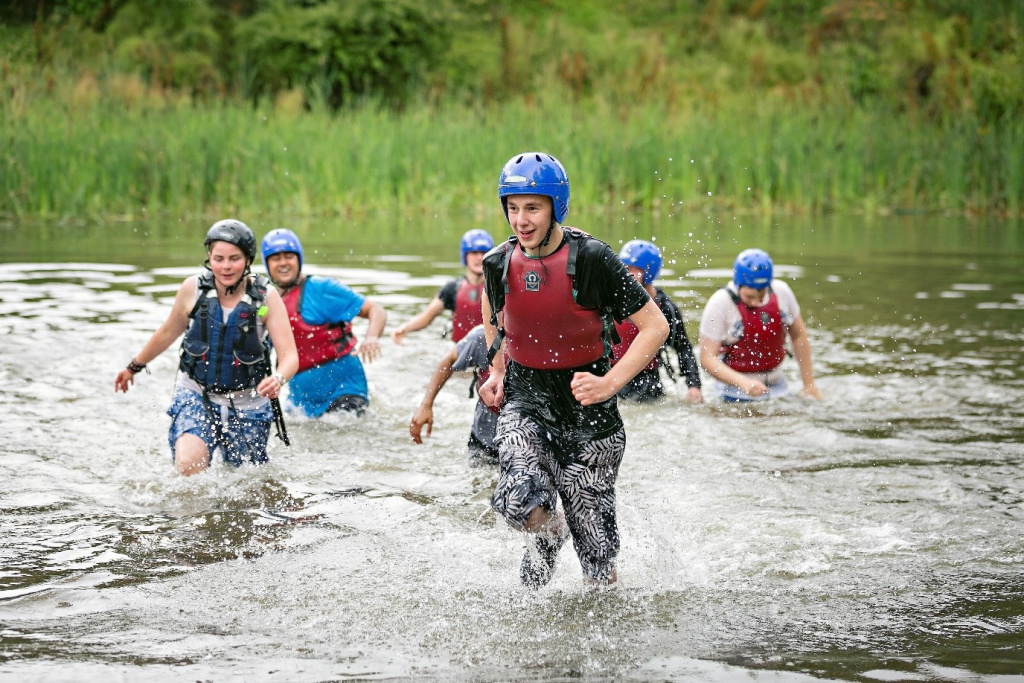
S – Share. Uncertainty in adventure programmes necessitates that groups develop regard for each other’s well-being. Such mutual reliance requires that group members learn to balance the needs of the group with their own. Resilience and OAE literature stress the importance of developing peer relationships for learning about sharing, taking turns, patience, empathy and the confidence to ask for help. Providing opportunities for youngsters to share positive resilience experiences through OAE may be a first step in them realising this will help others to also grow resilience.
I – Inquisitiveness. By their very nature, adventures include elements of uncertainty created by combining unfamiliar environments with unknown outcomes. This provides an ideal breeding ground for youngsters to develop the fundamental skills of questioning how, what, who, when and why. These questions are a demonstration of curiosity and inquisitiveness that enables young people to adapt to the world around them. In a society of mounting complexity, nurturing the ability of youngsters to ask thoughtful questions is of paramount importance for them to come up with effective solutions.
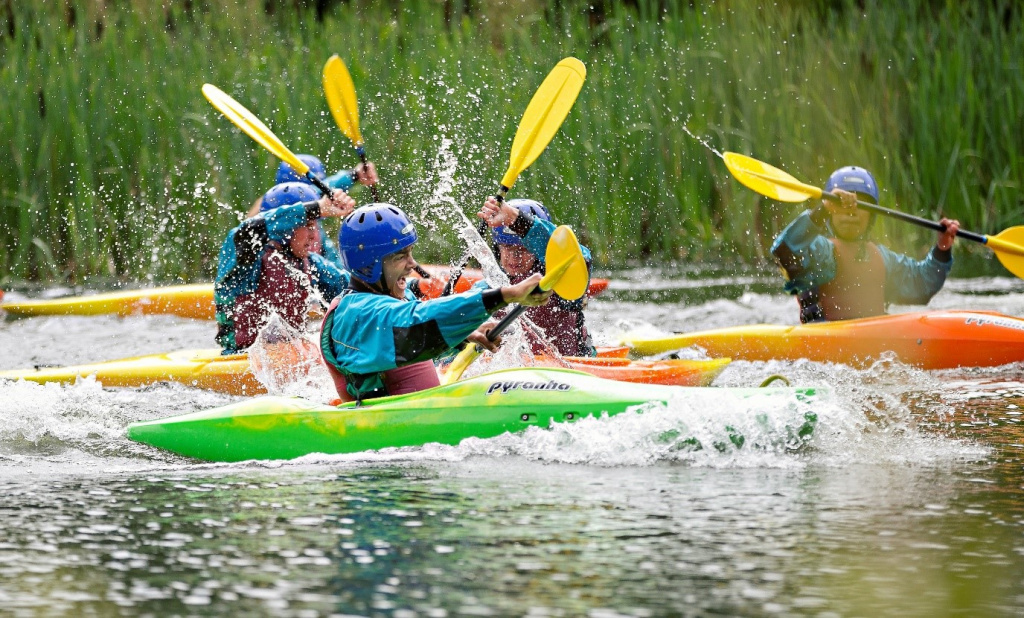
L – Life-enhancing. Experiential learning is the cornerstone of OAE, whereby first-hand experiences are combined with reflective practice to consolidate learning. To connect these experiences to a youngster’s everyday life, we must teach OAE with ‘transfer’ in mind. Neuroscience tells us that our brain (and therefore our behaviour) becomes resilient by actively resisting meaningless (boring) information, preferring to search for new, interesting experiences which can be integrated into existing neural structures.[17]
OAE, therefore, needs to balance novelty – which supports inquisitiveness – with the young person’s known experiences to make it worth learning. To promote lasting impact and relevance for other curriculum subjects, it is effective to offer varied events of short, deliberately spaced cycles – which enquiring minds are responsive to, and that use relevant emotional stimuli to trigger emotions such as laughter, incredulity and even mild apprehension. These experiences often generate learning that can be recalled and reflected upon later using diaries or creative writing.
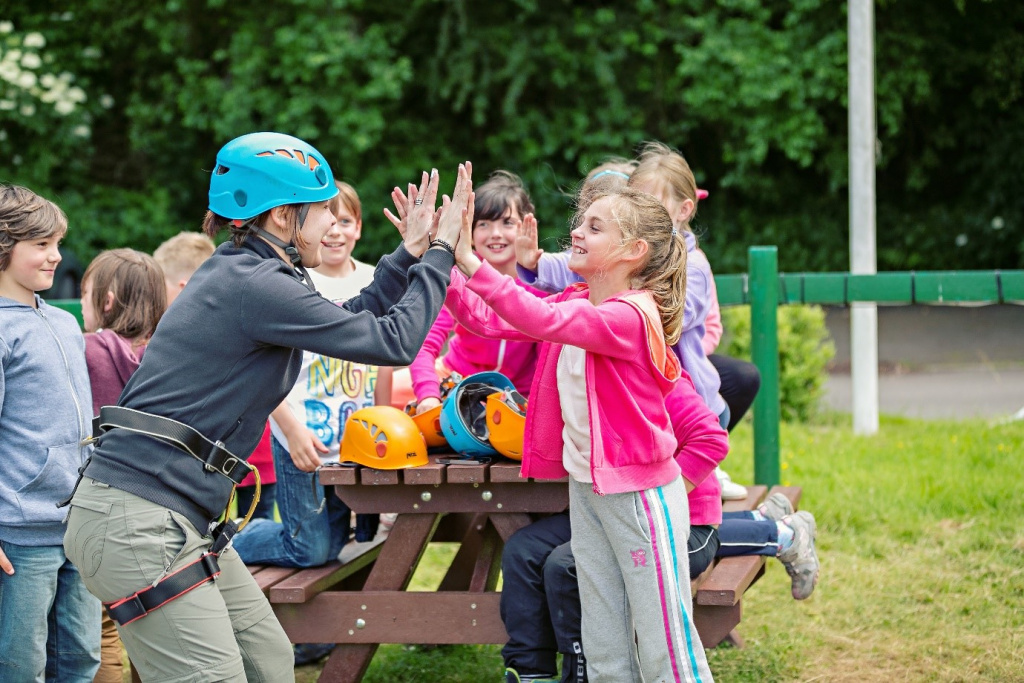
I – Inclusion. Adventure is relative. Activities which provoke unwanted risk for one person may be seen as an opportunity to grow by another. Due to individual differences, it is difficult for outdoor facilitators to create an environment where all learners feel able to move beyond what they want to know. However, resilience is the common element in OAE that underpins achievement across different levels of ability.
Supporting learners to make personalised judgements of risk-taking based on their perception of their abilities enables the growth of self-directed behaviour. This process can be facilitated through differentiated tasks, progressive risk-taking and the use of buddy systems – i.e. pairing beginners with more able peers who benefit from seeing how their actions affect others.
E – Environment. Just five minutes of exercise undertaken in an urban green space may be sufficient to boost a person’s physical and mental well-being. Nature exposure and the freedom to explore are recognised as integral to young people’s learning, particularly on tasks requiring focus, working memory and collaboration with others. These are all transferable skill sets that support classroom-based learning. More importantly, immersion in nature-based activities enables young people to become refreshed, focus their attention and regulate emotions that take a pounding, especially during exam preparatory periods.
N – Natural. The authenticity of OAE offers realistic consequences for success and failure. For example, failing to follow a map correctly or not wearing the correct clothing may incur longer distances to travel and lead to becoming wet and cold. Being immersed in natural settings gives young people a dose of reality and respect for the environment – seeing the situation clearly and conferring with others when dealing with the significance of their choices. Allowing learners to own their responses to unfolding circumstances helps them to see the bigger picture, take stock of facts and acknowledge others’ perspectives in preparing for whatever challenges come along.
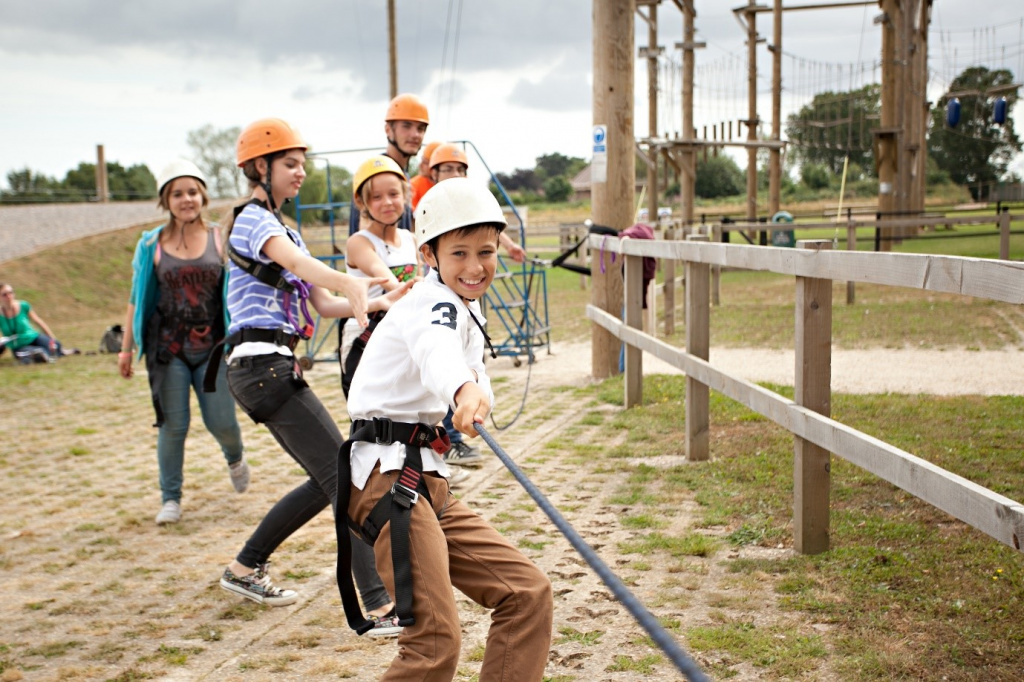
C – Control. When young people realise that they have control over their decisions and actions, they are more likely to know how to make choices and respond positively to challenges. Giving youngsters choices and the autonomy to explore in a natural space is a primary mechanism through which they become freely acquainted with their environment and learn how to distinguish between themselves and others.
E – Emotional. OAE that counterbalances negative and positive emotions underpins a ‘steeling effect’. This helps to inoculate young people to handle more significant risks in the future. Negative emotions resonate more strongly than positive feelings in situations perceived as threatening because they provide a memorable surge of energy to help us deal with stressors. Positive processes impact more significantly on longer-term outcomes and demonstrate, durable cognitive and social benefits. The potency of negative emotion suggests that each negative emotional experience must be countered by at least three positive emotional experiences to optimise human functioning.[18]
Although not a definitive rule, taking this ratio into account may influence how facilitators frame an activity and give feedback to young people. Such guidance may help them to control their feelings and avoid a negative bias of their capability by looking for opportunities to broaden positive emotions in difficult situations.
Resilience for Today and Tomorrow
OAE and building resilience do not offer a magic solution for young people or indeed take away the many structural inequalities present in society. For example, although social and emotional learning positively shapes academic outcomes, recent research does question whether it can substantially reduce the academic achievement gap between children from rich and poor families.[19] Furthermore, substantial numbers of youngsters – particularly those from minority groups and disadvantaged households – have restricted access to outdoor spaces[20] and gained less from nature connections during the pandemic lockdowns than their more affluent peers.[21]
Like any educational practice or pedagogical tool, learning in and through the outdoors requires practice to implement it effectively and acquire the desired outcomes. As the ten tips outlined in this paper show, if appropriately delivered, the outdoors provides meaningful educational outcomes, building young people’s resilience and 21st Century Skills.
Schools are well accustomed to supporting and tracking pupils’ academic progress and pushing for resources to deliver the best outcomes. At a point in time where youngsters have faced unprecedented upheaval and threats to their well-being, it has never been more important for young people to be empowered to possess a toolkit of skills to help them adapt to the unpredictable challenges of today and face the demands of tomorrow.
Research from Inspiring Learning
PE Matters AUTUMN Edition .pdf
Horizons Magazine SUMMER Edition.pdf
References
- Cipriano, C et al., The State of Evidence for Social and Emotional Learning: A Contemporary Meta-Analysis of Universal School-Based SEL Interventions, Child Development, 2021.
- Heckman, J. J., & Rubenstein, Y. The importance of noncognitive skills: Lessons from the GED testing program. American Economic Review, 91(2), 145- 149, 2001.
- Lleras, C. Do skills and behaviours in high school matter? The contribution of noncognitive factors in explaining differences in educational attainment and earnings, Social Science Research, Volume 37, Issue 3, Pages 888-902, 2008.
- Park, N. Character Strengths, and Positive Youth Development. The ANNALS of the American Academy of Political and Social Science, 591(1), 4054, 2004.
- Kautz, T, James J. Heckman, Diris, R. Ter Weel, B., & Borghans, D. Fostering and Measuring Skills: Improving Cognitive and Non-cognitive skills to Promote Lifetime Success. The Organisation for Economic Co-operation and Development (OECD) Education Working Papers 110, OECD Publishing, 2014.
- Yates, T. M., & Masten, A. S. Fostering the Future: Resilience Theory and the Practice of Positive Psychology. In: Linley, P.A., & Joseph, S. Eds. Positive Psychology in Practice. New Jersey, Hoboken, John Wiley and Sons, Inc, pp.521-539, 2004.
- Rutter, M. Annual research review: Resilience – clinical implications, The Journal of Child Psychology and Psychiatry, 54, pp.474-487. 2013
- Norris, F., Stevens, S., Pfefferbaum, B., Wyce, K., & Pfefferbaum, R. Community resilience as a metaphor, theory set of capacities, and strategy for disaster readiness. American Journal of Community Psychology, 41, pp.127-150. 2009.
- Layne, C. M., Warren, J. S., Watson, P. J., & Shalev, A. Y. Risk, Vulnerability, resistance, and resilience: Toward an integrative conceptualisation of posttraumatic adaptation. In T.K.M Friedman & P. Resnick (Eds) Handbook of PTSD: Science and Practice (pp. 497-520), New York, NY: Guildford Press. 2007.
- Bryan, J. Fostering educational resilience and achievement in urban schools through family-community partnerships. Professional School Counselling, 8(3), pp.219-228. 2005.
- Esquivel, G.B., Doll, B., & Oades-Sese, G.V. (2011) Introduction to the special issue: Resilience in schools. Psychology in the Schools, 48(7), pp. 649-651. 2011.
- https://centerforbrainhealth.org/article/resilience-the-4th-r-of-education, accessed 15/12/2023.
- https://thewlbc.com/why-resilience-is-the-4th-r-at-school/, accessed 18/12/2023.
- Paphazy, J. E. Resilience the Fourth R: The Role of Schools in this Promotion In Resilience for Today: Gaining Strength from Adversity, Edith H Grotberg, Praeger Publishers, 2003.
- https://explore-education-statistics.service.gov.uk/find-statistics/pupil-absence-in-schools-in-england, accessed 15/12/2023.
- Mayer, R. Multimedia Learning. Cambridge UK: Cambridge University Press, 2001.
- Allan, J.F., McKenna, J., & Hind, K. Brain resilience: Shedding light into the black box of adventure processes, Australian Journal of Outdoor Education, 16 (1), 3-14, 2012.
- Fredrickson, B. Positivity. Groundbreaking Research to Overcome Negativity and Thrive, One World Publications, 2011.
- Gruijters, R. J., Raabe, I. J., & Hübner, N. Socio-emotional Skills and the Socioeconomic Achievement Gap. Sociology of Education 0(0). 2023 doi.org/10.1177/00380407231216424.
- Natural England, Links between Natural Environments and Learning: Evidence Briefing (EIN017). 2023.
- Nejade, R.M., Grace, D, & Bowman, L.R. What is the Impact of Nature on Human Health? A Scoping Review of the Literature, Journal of Global Health, 12. 04099. Published online 2022 Dec 16. doi: 10.7189/jogh.12.04099.
Dr John Allan is an established academic and outdoor practitioner. He is Head of Learning and Impact at Inspiring Learning, one of the UK’s foremost providers of adventure education for young people with locations including Kingswood and Skern Lodge. He is also a Visiting Fellow at Sheffield Hallam University and a Senior Fellow of the Higher Education Academy. John’s area of expertise centres on positive psychology, strength-based learning and resilience building. His research outputs have included international and national journal publications, book chapters, keynote addresses, conference symposiums, presentations and online teaching and learning packages.
Register for free
No Credit Card required
- Register for free
- Free TeachingTimes Report every month